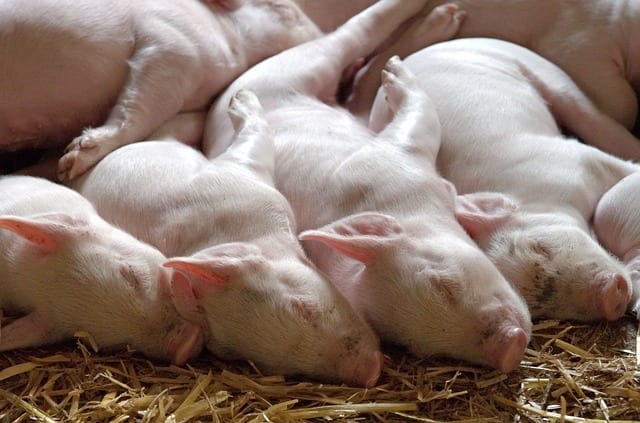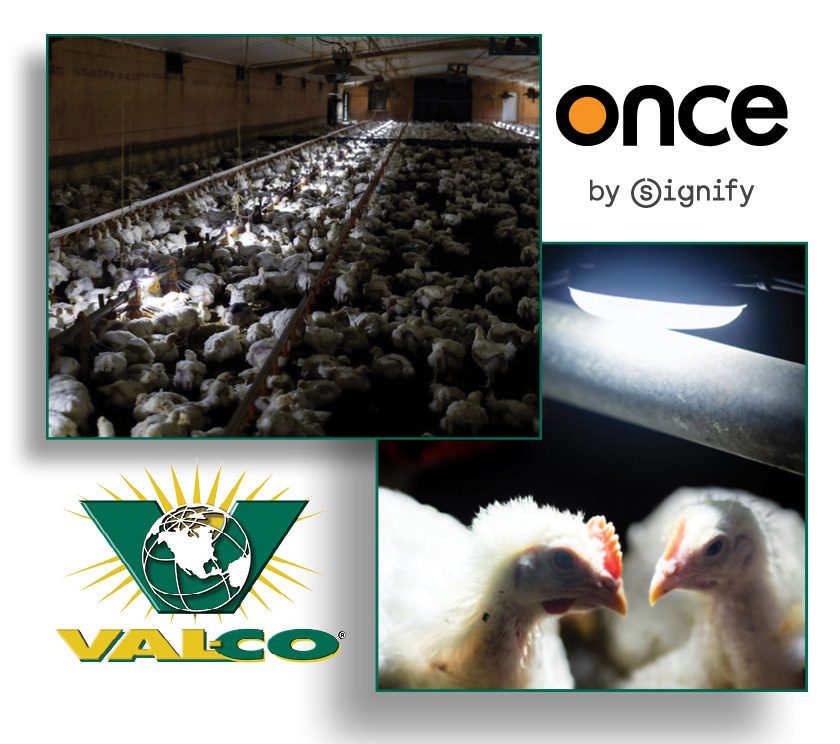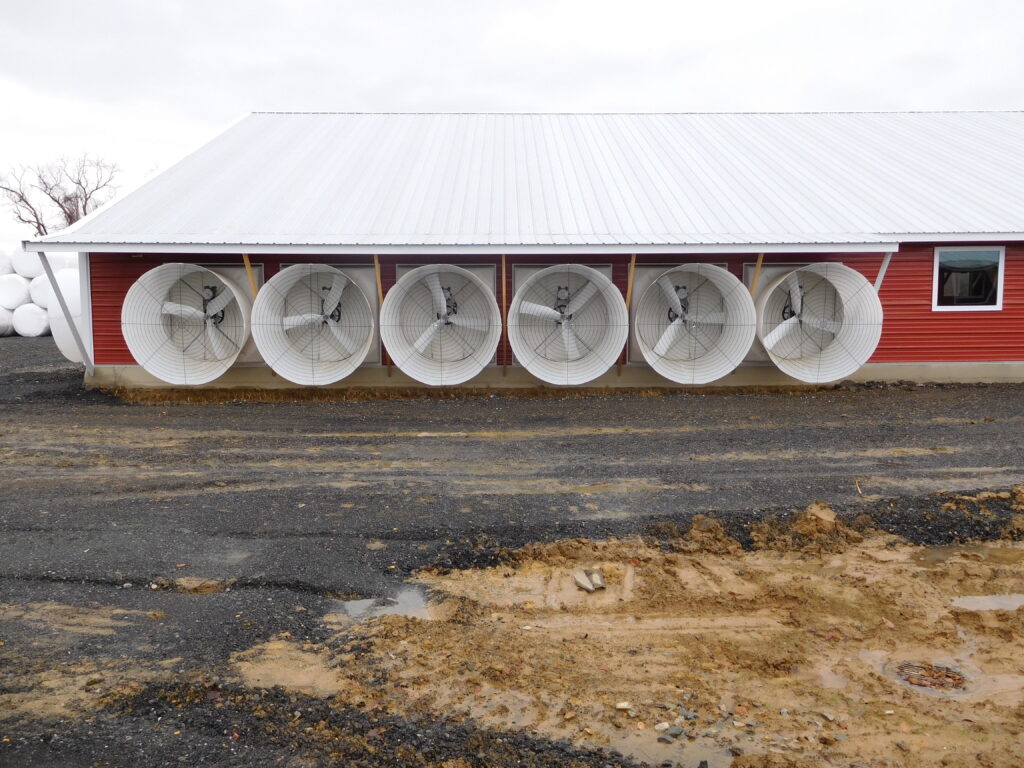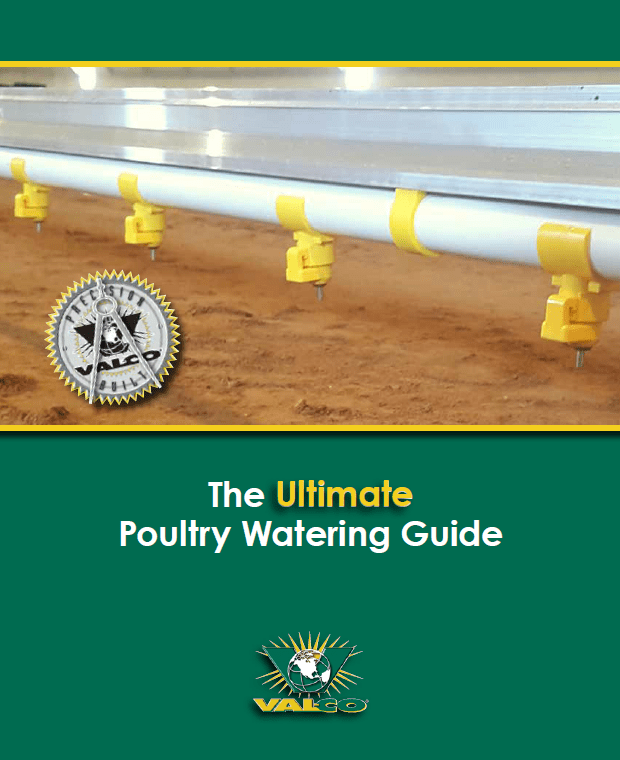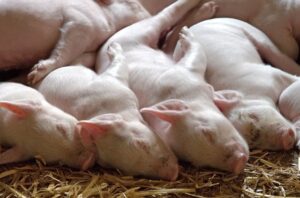 There are four factors that make a pig productive: feed, water, environment, and stockmanship. They all require careful management to result in the best performance, but they can be ranked based on necessity.
There are four factors that make a pig productive: feed, water, environment, and stockmanship. They all require careful management to result in the best performance, but they can be ranked based on necessity.
Stockmanship:
It’s important to use mindful stockmanship to have great performance, but pigs will live with or without it. Stockmanship can alter a pig’s comfort and well-being, but it isn’t necessarily imperative to live.
Feed:
Food is important to keep the pig weight steady for breeding or for pigs to gain weight as they grow, but a pig could live 3 – 4 days without eating.
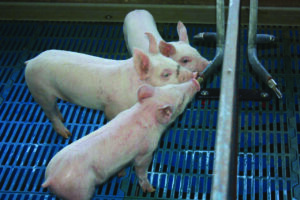 Water:
Water:
Water is the key to life. Dehydration sets in long before hunger, but a pig could live 2 – 3 days without water.
Ventilation:
Without proper ventilation, a pig could suffocate within 30 – 40 minutes, making ventilation the most important factor to consider when designing and maintaining a barn. Barns have to be able to withstand extreme temperatures to keep pigs comfortable all year round.
We see a lot of common mistakes in swine ventilation that can quickly result in heat stressed pigs. Holes in curtain on curtain sides barns allow hot air to freely flow into the barn. Fans that have dirty shutters will have less air moving capacity. Likewise, fans that have missing or damaged cones will also have decreased performance. Inlets must be checked that they are actuating properly, and that the machines that open and close them are doing so completely and consistently.
If you notice signs of heat stress, the first thing to check is the efficiency of the ventilation system. Heat stressed pig will have a ventilation rate in excess of 25 breaths per minute, and may be seen laying stretched out on the floor.
